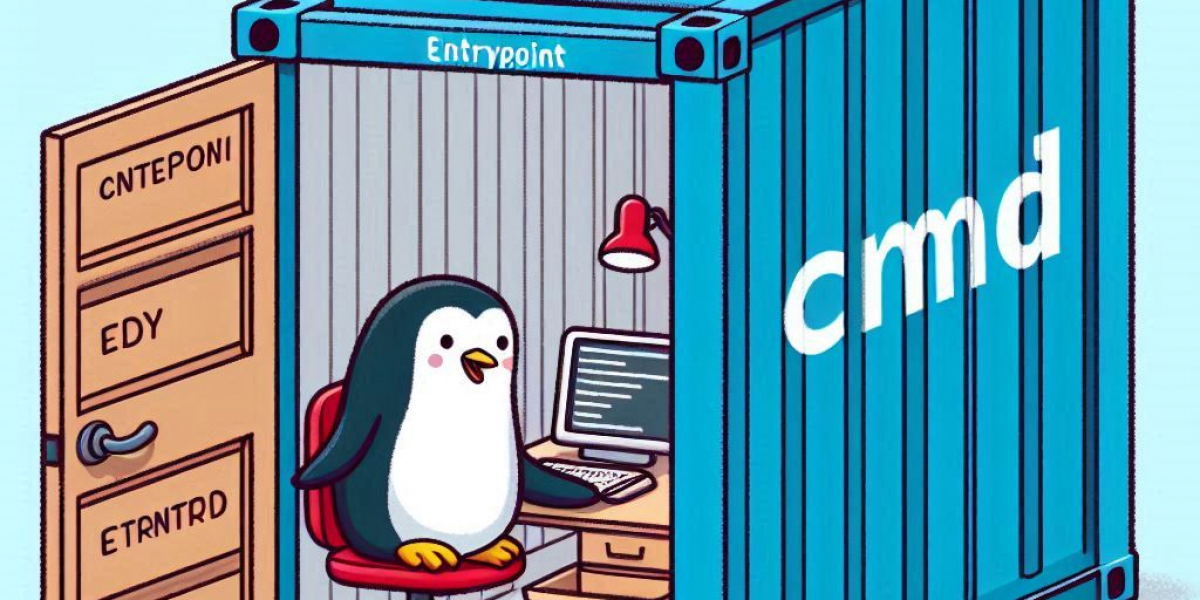In this article, we’ll walk you through everything you need to know about react native charts sonarqube download, its setup, and its benefits.
Why Use SonarQube?
SonarQube isn’t just another static code analysis tool; it offers many benefits that set it apart from other tools. Some of these include:
- Multi-Language Support
SonarQube supports over 25 programming languages, including Java, C, C++, JavaScript, Python, PHP, and more. This makes it a versatile choice for teams working with various technologies.
- Quality Gate
One of SonarQube’s standout features is its ability to set “quality gates.” These are predefined conditions that code must meet before being accepted into production. A failure in the quality gate can halt a project, preventing flawed code from being deployed.
- Comprehensive Metrics
SonarQube offers a wide range of metrics for tracking code quality, including technical debt, complexity, and duplication. These metrics help teams identify problem areas in their code and prioritize fixes.
- Integrations
SonarQube integrates smoothly with popular CI/CD tools like Jenkins, GitLab CI, and Azure DevOps. It also provides integration with popular IDEs like IntelliJ IDEA and Eclipse, enabling developers to get real-time feedback on code quality within their working environment.
- Security and Vulnerability Detection
Besides detecting bugs and code smells, SonarQube also identifies security vulnerabilities and offers remediation guidelines, which can save time and enhance software security.
Now that we understand why SonarQube is a great tool for code quality management, let’s dive into how to download SonarQube and get it up and running.
How to Download SonarQube
SonarQube can be downloaded for free as a Community Edition, but there are also paid versions like Developer, Enterprise, and Data Center Editions that come with additional features. Follow these steps for SonarQube download and installation:
Step 1: System Requirements
Before you proceed with the download, make sure your system meets the following requirements:
- Operating System: SonarQube runs on Windows, Linux, and macOS.
- Java: SonarQube requires Java 11 or higher to run. Make sure you have the correct version installed.
- Database: For production use, SonarQube needs a relational database like PostgreSQL, MySQL, or Oracle. However, for testing or evaluation purposes, you can use the embedded H2 database.
Step 2: Download SonarQube
To get started with SonarQube, visit the official website and select the edition that suits your needs. The Community Edition is free and open-source, while the paid editions offer additional features like security analysis and advanced reporting.
- Go to the SonarQube download page.
- Choose your preferred edition (Community Edition is a good starting point).
- Click on the download link, and the package will begin downloading.
Note: Make sure you have enough disk space and a stable internet connection to avoid interruptions.
Step 3: Extract the Package
Once the download is complete, extract the downloaded SonarQube zip file to a directory of your choice. You can use tools like WinRAR or 7-Zip for this purpose.
Step 4: Configure SonarQube
Before starting SonarQube, you need to make a few configuration changes:
- Database Configuration: If you are using an external database (PostgreSQL, MySQL, or Oracle), configure the database settings in the sonar.properties file located in the conf directory of your SonarQube installation.
- Set the database username, password, and URL in this file.
- Web Server: SonarQube operates on port 9000 by default. If you want to change this, modify the sonar.web.port parameter in the sonar.properties file.
Step 5: Start SonarQube
To start SonarQube:
- Navigate to the bin directory inside your extracted SonarQube folder.
- Inside the bin directory, find the folder corresponding to your operating system.
- Open a terminal or command prompt and run the appropriate script:
- For Linux/macOS: ./sonar.sh start
- For Windows: StartSonar.bat
Once SonarQube starts, open a web browser and go to http://localhost:9000. This will open the SonarQube dashboard, where you can log in using the default credentials:
- Username: admin
- Password: admin
Step 6: Install a SonarQube Scanner
SonarQube relies on a scanner to analyze your code. You’ll need to install a SonarQube scanner to begin running code quality checks on your projects.
- Go to the SonarQube Scanner download page and download the appropriate scanner for your platform.
- Follow the installation instructions provided in the documentation to set up the scanner.
Step 7: Analyzing Your First Project
Once the SonarQube scanner is installed, you can analyze a project by running the following command in your project’s root directory:
bash
Copy code
sonar-scanner
The scanner will upload the analysis results to the SonarQube server, and you can view the results from the SonarQube dashboard.
Best Practices for Using SonarQube
While installing SonarQube is relatively straightforward, using it effectively requires following a few best practices:
- Set Clear Quality Gates
Use quality gates to ensure that your team doesn't release code that doesn't meet your quality standards.
- Perform Regular Scans
Make sure to integrate SonarQube into your CI/CD pipeline so that code is scanned regularly. This will allow your team to catch issues early in the development process.
- Analyze Legacy Code
If you’re introducing SonarQube to an existing project, you may find a large number of code smells and other issues. Prioritize fixing high-risk issues like security vulnerabilities and set realistic goals for resolving technical debt over time.
- Train Your Team
Ensure that your team understands how to interpret the metrics provided by SonarQube and how to take action on the results. This will maximize the tool’s effectiveness.
SonarQube is an invaluable tool for maintaining high-quality code across multiple programming languages. With its ability to detect bugs, vulnerabilities, and code smells, it’s a must-have for any development team aiming for continuous improvement.
After reading this guide, you should have a solid understanding of how to download sonarqube, install it, and get started with your first project analysis. By integrating SonarQube into your development workflow, you’ll be taking a big step toward ensuring the long-term maintainability and security of your codebase.








